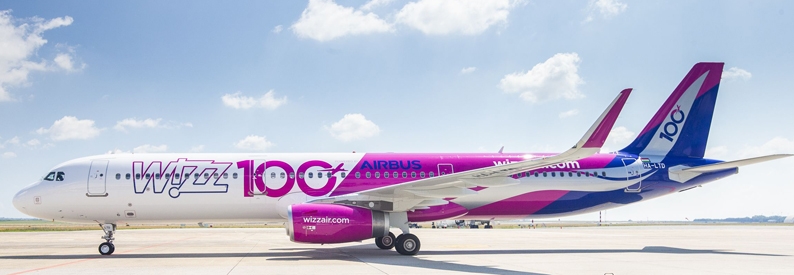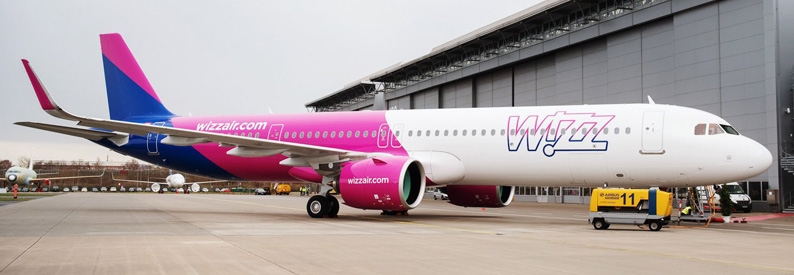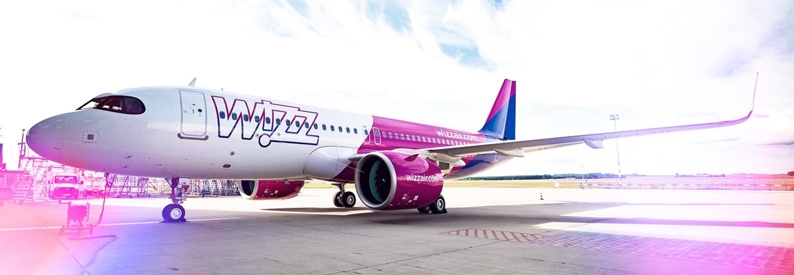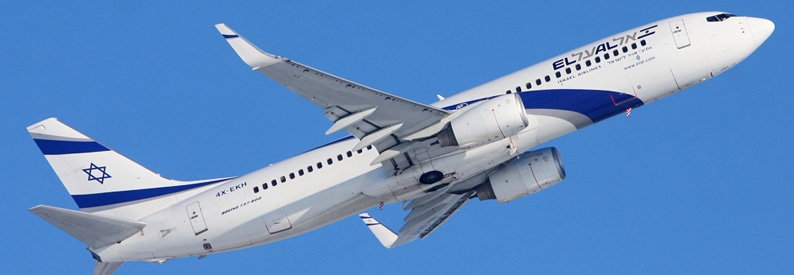Wizz Air (W6, Budapest) continues to face difficulties with Pratt & Whitney engine issues, with 37 aircraft powered by PW1000s grounded as of May 9. The company estimated in its annual report for the 2025 fiscal year (April 1, 2024, to March 31, 2025) that 34 jets will remain parked through the end of September 2025, as the maintenance shop-visit time is expected to be around 300 days per aircraft.
While conceding that the groundings were a headwind, Wizz Air's management remains optimistic about the fleet. CEO József Váradi said that the number of grounded aircraft would start declining in the 2026 fiscal year. The LCC announced it had reached a new commercial support agreement with Pratt & Whitney, securing a compensation package for calendar years 2025 and 2026.
A321XLR delivery delays
Wizz Air changed its A321-200NY(XLR) delivery outlook, with the airline set to receive fewer aircraft during the 2026 fiscal year than it initially planned. The company now expects to have eight A321XLRs in its fleet by the end of March 2026, instead of ten it previously anticipated.
Wizz Air UK received its first A321XLR on May 20, leaving Airbus to deliver seven more until March of next year. G-XLRA (msn 11631) has already entered service with Wizz Air UK and is currently deployed between London Gatwick and Jeddah International, ADS-B data shows.
According to ch-aviation Commercial Aviation Aircraft Data, the company has forty-seven A321XLRs on order across its four AOCs (also including Wizz Air Malta and joint venture Wizz Air Abu Dhabi). Wizz Air is the fourth-largest customer for the A321XLR and the first low-cost carrier to induct the type into its fleet.
The four AOCs have a combined fleet of 237 aircraft. The airlines operate thirty-five A320-200s, forty-one A321-200, six A321-200Ns, one A321-200NY(XLR), and 154 A321-200NX.
The company posted a profit of EUR167.5 million euros (USD191 million) for FY25, down 61.7% compared to the previous year. Wizz Air also reported a 3.8% year-on-year rise in total revenue, reaching EUR5.26 billion (USD6 billion), as passenger numbers surged from 62 million in FY2024 to 63.4 million in FY2025.






